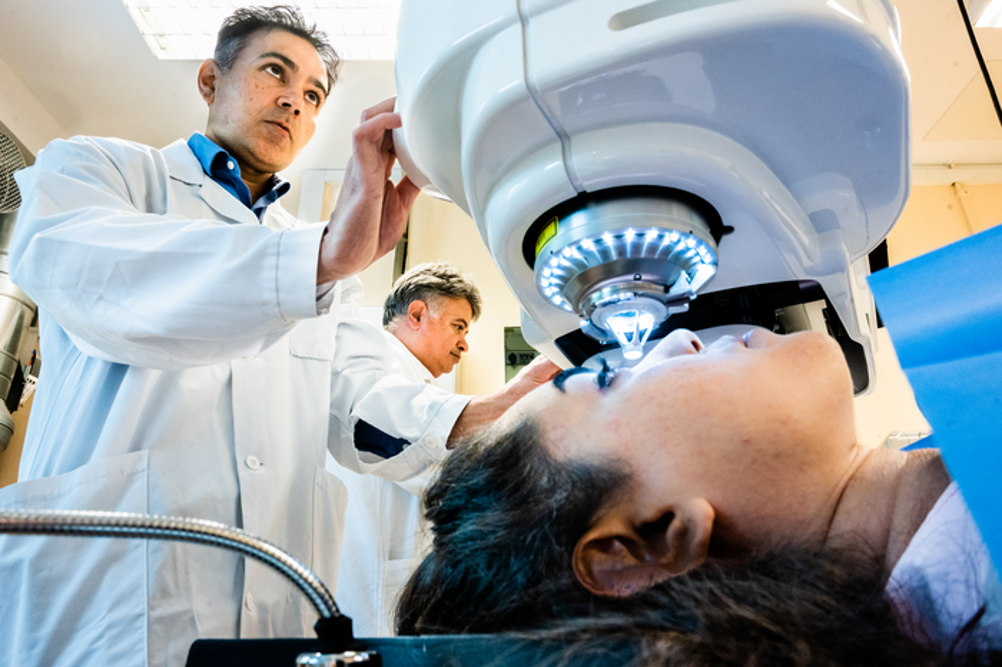The treatment has been developed as an alternative to human cornea transplants, which only one in 70 patients that need the procedure currently gets. Furthermore, access to cornea transplants in countries most in need of the treatment is generally the most lacking. In total, it is estimated that 12.7 million people around the world are blind due to deficient corneas.
Related content
This new breakthrough, described in Nature Biology, saw researchers from Linköping University (LiU) and LinkoCare Life Sciences AB use pig skin from the food industry to generate collagen that was suitable for human corneal implants. In the process of constructing the implant, the researchers stabilised the loose collagen molecules forming a robust and transparent material that could withstand handling and implantation in the eye, and that also has a much longer shelf life than donated human corneas.
“The results show that it is possible to develop a biomaterial that meets all the criteria for being used as human implants, which can be mass-produced and stored up to two years and thereby reach even more people with vision problems,” said researcher Neil Lagali, Professor at the Department of Biomedical and Clinical Sciences at LiU. “This gets us around the problem of shortage of donated corneal tissue and access to other treatments for eye diseases.”
The team also developed a new, minimally invasive method for treating the disease keratoconus, in which the cornea becomes so thin that it can lead to blindness. Today, a keratoconus patient’s cornea is surgically removed and replaced by a donated cornea, which is sewn into place using surgical sutures. This kind of surgery is complicated, invasive and generally only performed at larger hospitals.
“A less invasive method could be used in more hospitals, thereby helping more people,” explained Lagali, who led the research group that developed this new surgical technique. “With our method, the surgeon doesn’t need to remove the patient’s own tissue. Instead, a small incision is made, through which the implant is inserted into the existing cornea.”

The surgical method and the implants were used by surgeons in Iran and India, two countries where many people suffer from corneal blindness and low vision, but where there is a significant lack of donated corneas and treatment options. Twenty people who were either blind or on the verge of losing sight due to advanced keratoconus participated in the pilot study. According to the researchers, the operations were free from complications. Tissue healed fast and an eight-week treatment with immunosuppressive eye drops was enough to prevent rejection of the implant. With conventional cornea transplants, medication is often required for several years after the procedure.
“Safety and effectiveness of the bioengineered implants have been the core of our work,” said Mehrdad Rafat, adjunct associate professor at LiU’s Department of Biomedical Engineering and founder and CEO of LinkoCare Life Sciences AB.
“We’ve made significant efforts to ensure that our invention will be widely available and affordable by all and not just by the wealthy. That’s why this technology can be used in all parts of the world.”
The next phase of research will see the team investigating whether the technology can be used to treat more eye diseases and if the implant can be customised for even better results.











McMurtry Spéirling defies gravity using fan downforce
Ground effect fans were banned from competitive motorsport from the end of the 1978 season following the introduction of Gordon Murray's Brabham...